
Portland Parks’ “Nature Patches”

Contributor
- Topics: Growing for Biodiversity
Winter 2022
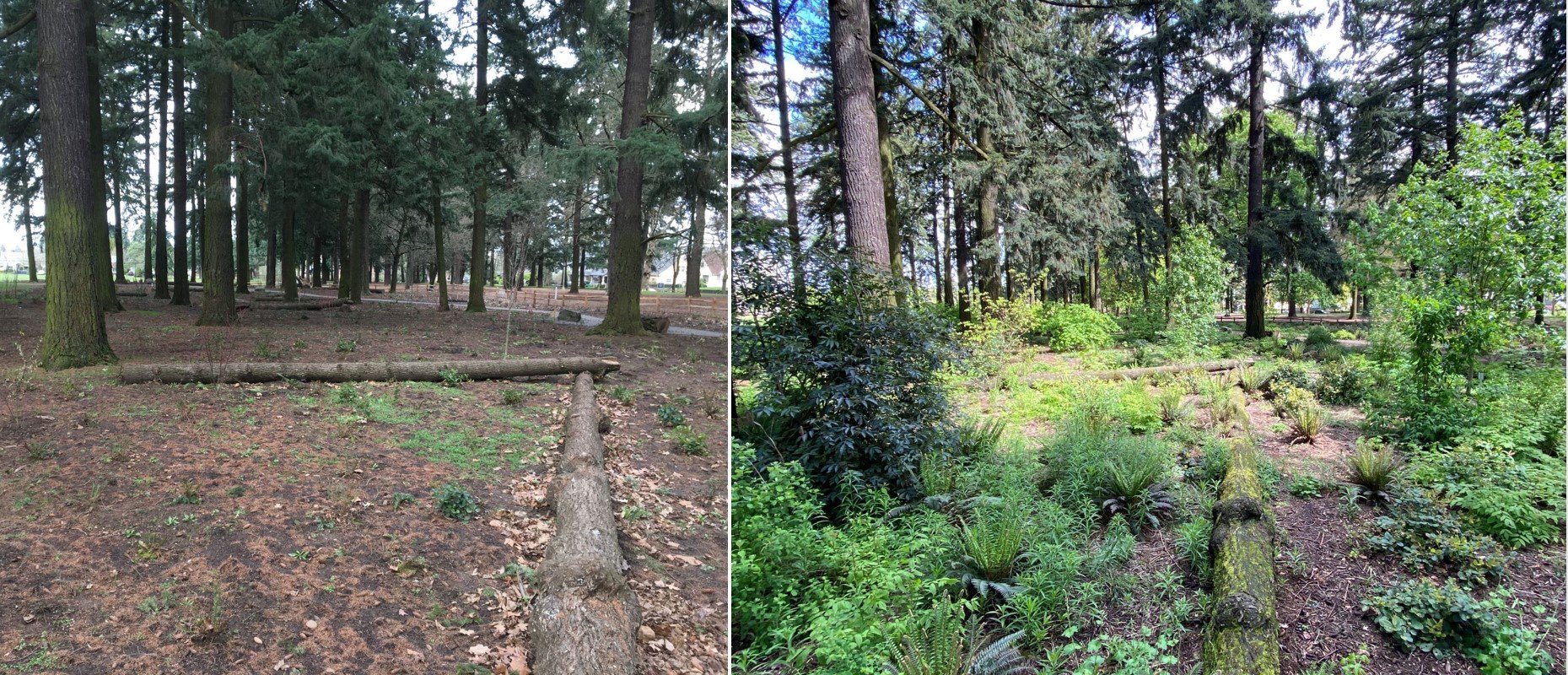
Right: Alberta nature patch, 2021. Credit: Portland Parks & Recreation
Nature is so beautiful when left to its own devices, yet crisply manicured lawns remain a status symbol. This is true in Portland, Oregon, just as it is in urban areas across the United States. Lawns definitely have their purposes, but there are many benefits to swapping out your lawn for a nature patch.
Portland Parks & Recreation (PP&R), for its part, is moving the parks and natural areas it manages in a more ecologically sustainable direction. As part of the Ecologically Sustainable Landscapes Initiative, our park professionals are on a mission to identify underutilized “grass” areas throughout the city’s park system and convert them into nature patches.
What is a nature patch?
Nature patches are natural gardens that support native pollinators and wildlife habitat. Crucially, they also provide natural experiences for people in their neighborhood.
“Among many other benefits, nature patches provide refuge for Portlanders navigating COVID-19 quarantine, isolation, and anxiety,” said PP&R Director Adena Long. “We’ve noticed a large increase in people going to parks during the pandemic, and nature patches have been excellent in providing tranquil, relaxing spaces for neighbors. Many people have commented that nature patches have been instrumental in managing their mental health and stress levels. We have heard people say, ‘I come and walk through the nature patch every day—it’s part of my routine now.’
What is the Ecologically Sustainable Landscapes Initiative?
Nature patches are part of the larger Ecologically Sustainable Landscapes Initiative that guides PP&R land management practices. The nature patch program focuses on improving the natural and ecological functions of park spaces while expanding local access to nature for all Portlanders. Goals of the program include:
- Provide spaces for people to explore, play, and interact with nature
- Create ecologically robust landscapes that support native pollinators within developed parks
- Provide environmental education and stewardship opportunities
- Increase soil and plant health, and expanding the diversity of natural landscapes within parks
- Foster community partnerships and PP&R collaboration
- Decrease maintenance inputs over time
PP&R nature patches are popping up all over the place
PP&R has created 11 large nature patch pilots in developed parks throughout the city, and we install many smaller patches each year.
Alberta Park
Our first nature patch installation was under a stand of Douglas-fir (Pseudotsuga menziesii) in the center of Alberta Park in 2018. The Alberta Park nature patch features a lush forest understory planting, nurse logs, root wads, boulders, and an accessible gravel path. These enhancements not only add beauty and natural elements to explore, but also improve habitat for birds and other wildlife.

Irving Park
In 2020, PP&R collaborated with the Portland Bureau of Environmental Services to create a nature patch at Irving Park to capture rainwater, foster wildlife habitat, and add natural features for people to enjoy. This team converted several areas of Irving Park to natural landscaping that included flowering native plants, stormwater swales, logs, boulders, split-rail fencing, and paths.
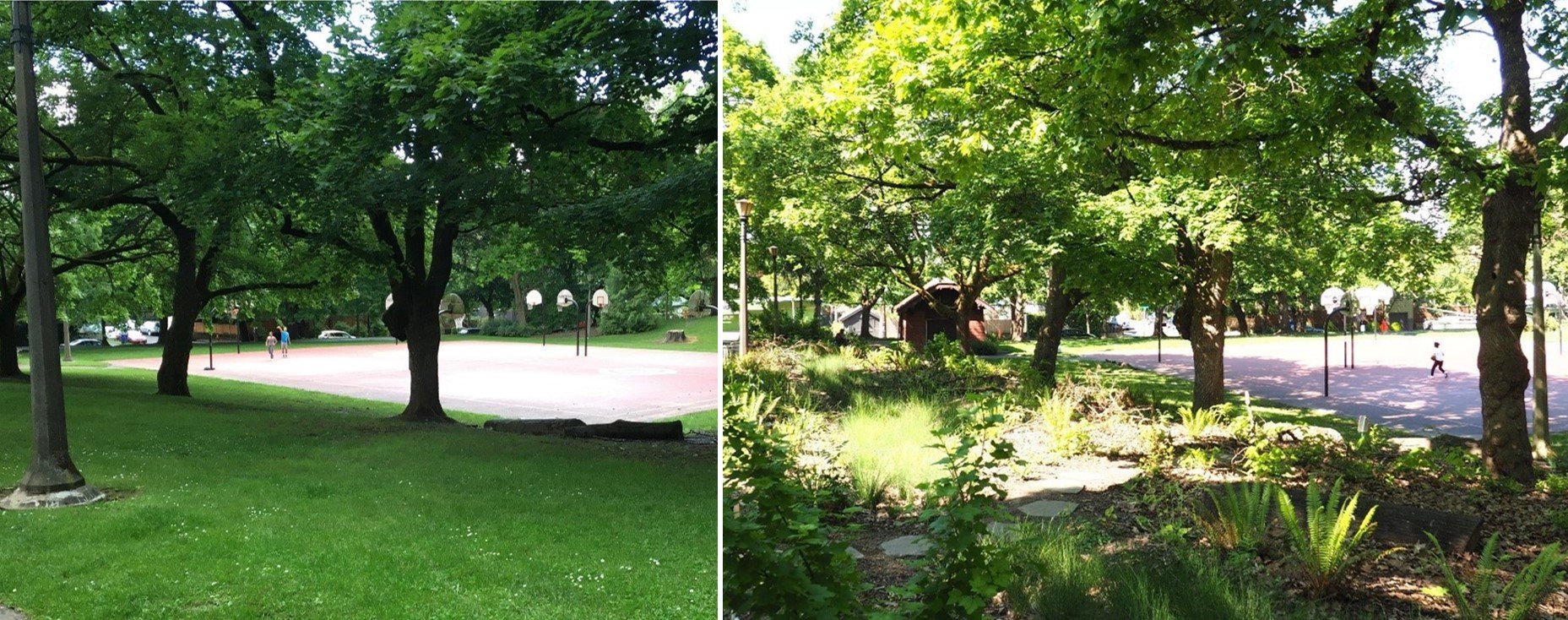
Right: Irving Park nature patch with stormwater swales, 2021. Credit: Portland Parks & Recreation
Nature patches and rain gardens at Irving Park capture the large volume of rain that flows off the park’s hilly and compacted terrain. Capturing rainwater is especially important during storms to reduce flooding in nearby streets and to prevent stormwater from overwhelming the public sewer. This project brought nature to the neighborhood while protecting public health and the environment by preventing flooding, sewage backups into basements, and overflows into the Willamette River during heavy rain.
Gabriel Park
PP&R developed the Gabriel Park nature patch in partnership with the Xerces Society for Invertebrate Conservation. The nature patch includes native and ornamental flowering shrub beds with natural seating and habitat features. Situated across from the community garden and orchard, the nature patch overlooks a beautiful meadow to the north that has over 30 varieties of native forbs, grasses, and wildflowers that support wildlife.

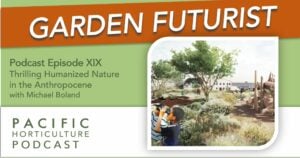
What are the benefits of switching from a lawn to native plants?
Nature patches are easy to start and can be low maintenance. They’re also a great way to take back your free time in the summer by not having to mow a lawn.
Lawns require a steady stream of resources, which can be costly and, in some cases, harmful to the environment. Lawn requirements such as water, time, pesticides, fertilizer, and fuel can make managing a lawn a burden.
Moving toward more sustainable approaches, whether it’s a city park system or your own private yard, is a worthy goal—as is closing the gap between ourselves and the natural environment. In addition to supporting plants and wildlife, nature patches also benefit the mental health of those who spend time in them.
Lawns cover more than 40 million acres in the US. That makes them the country’s largest irrigated crop. Consider building a nature patch to reduce your carbon footprint while creating a more functional and beautiful landscape. An attractive landscape not only beautifies your home, but can also increases a home’s resale value.
How to start a nature patch
There are simple approaches to starting a nature patch in your own yard. For example, create your own branch pile and add a seating log or stump. Include decaying wood in your landscape to provide housing for insects, and food for the birds that rely on them.
Add plants that are native to your region. They are adapted to your local climate and support native bee and other insect populations. In Portland that means plants that can handle wet winters and very dry summers. You can find resources for native plants and naturescaping through your local soil and water conservation district or Master Gardener program.
If you still want grass, consider letting it grow naturally. Long grass creates habitat for pollinators. At PP&R, for example, we have many areas we don’t mow until right before the Fourth of July.
Consider using rocks to catch rainwater for bird baths. The addition of pavers or gravel will create a permeable walking surface so humans can reconnect with nature.
PP&R’s commitment to equitable access to nature
With the many benefits to nature, wildlife, and people, you can see why PP&R is looking for opportunities to convert some of its grass areas into nature patches. This is part of a larger push to become more sustainable by re-examining the bureau’s use of resources. It’s also part of one of PP&R’s longer-term goals, outlined in the Parks 2020 Vision Plan, to ensure every Portland resident has access to a developed park or natural area within a half mile—the equivalent of about a 15-minute walk. Currently, this is true for around 80 percent of Portlanders. Residential nature patches provide “corridors” for insects and other wildlife to travel from one patch to another – a wonderful way for gardeners to contribute to our efforts.
Next time you’re outside your residence, look around and see if there are areas where you don’t spend much time. Can you visualize a nature patch? Let’s spend more time enjoying yards and less time mowing lawns!
Resources
Visit Portland Parks & Recreation for more on nature patches.
Share:
Social Media
Garden Futurist Podcast
Most Popular
Videos
Topics
Related Posts
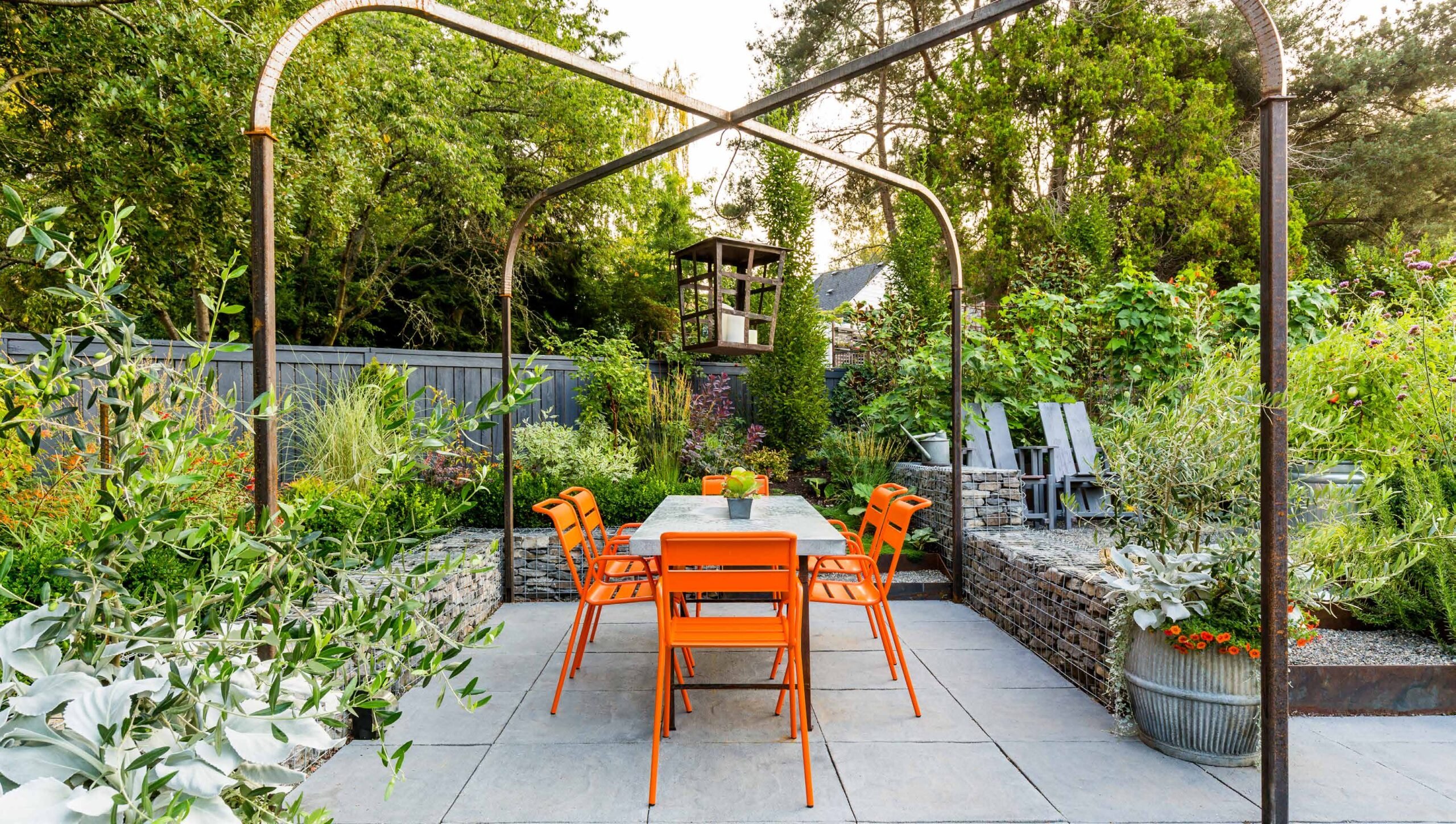
Design Futurist Award Announced: Committee Shares Vision
March 8, 2023 At Pacific Horticulture, we believe that beauty can be defined not only by gorgeous plants and design, but also by how gardens
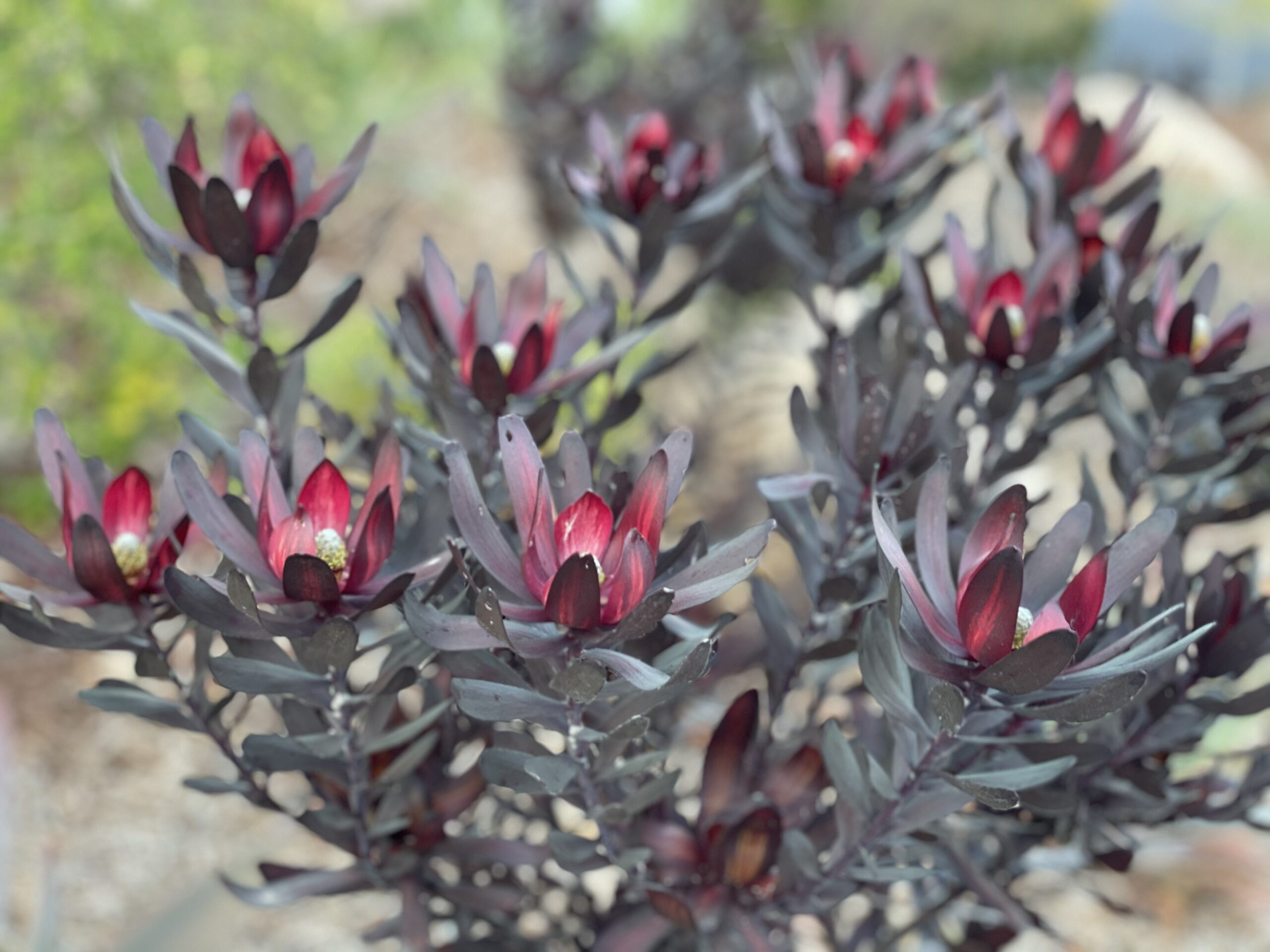
Expand Your Palette: Waterwise Plants for your Landscape
There’s nothing more thrilling to plant lovers than discovering new plants to test in the garden. Here in the southernmost corner of California, we have
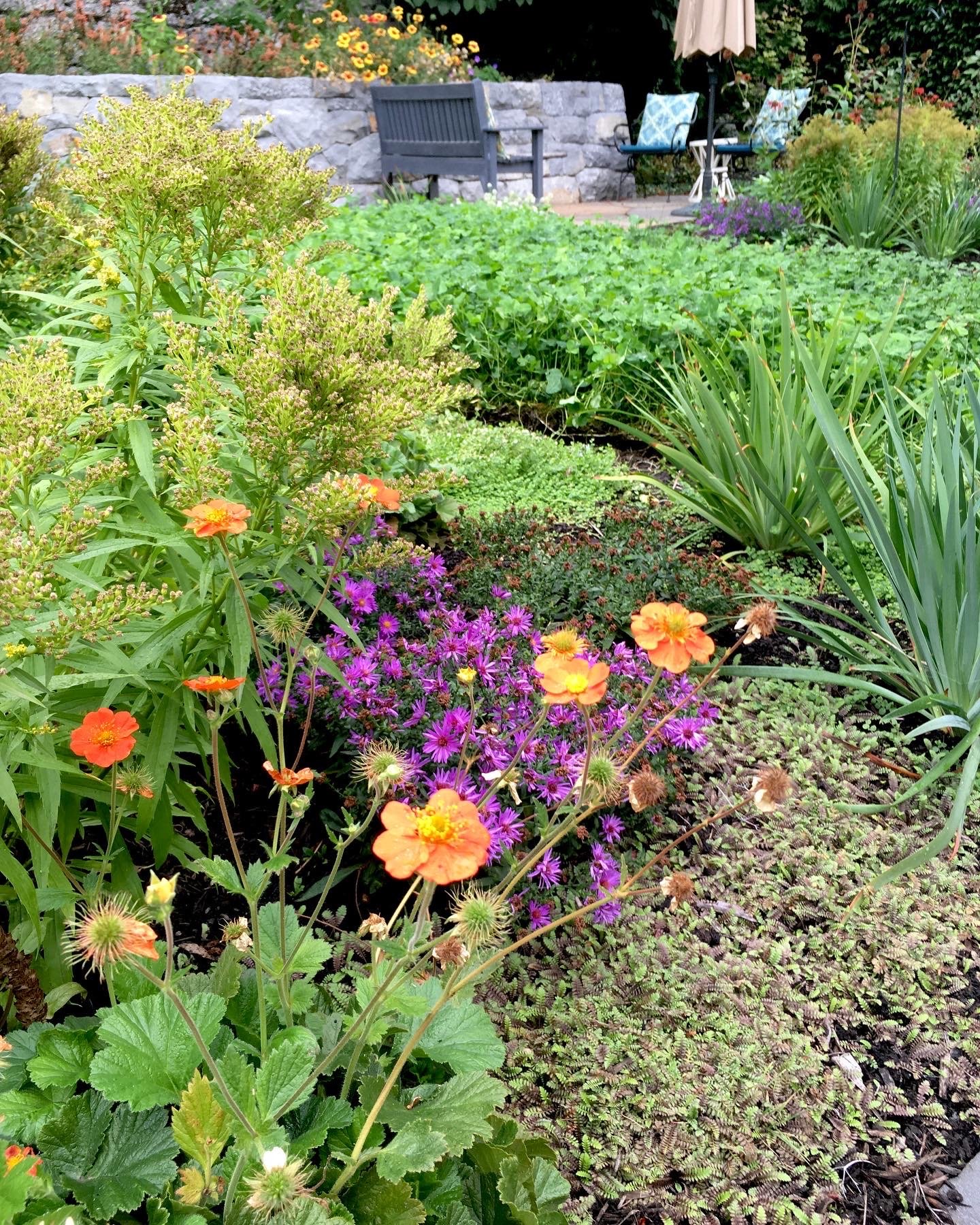
Nature Therapy from the Contemplative Garden
Winter 2022 Women’s hushed morning voices mingled with crashing waves and chattering crows. “The kettle’s still hot.” “Can you pass the honey?” Whoosh, crash, caw,
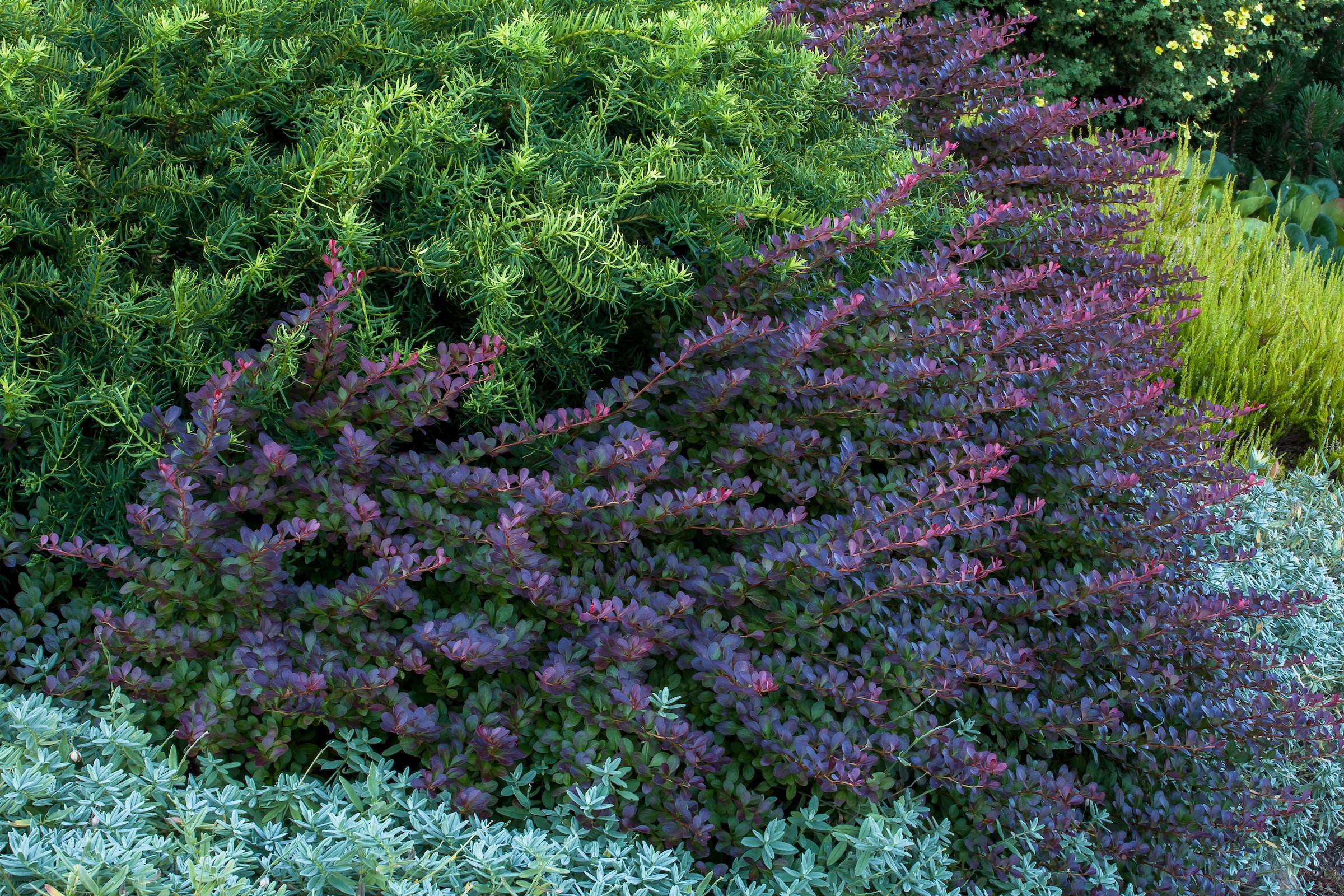
Readily Available Low-Water Plants for a Warming Climate
Fall 2022 Al Shay is the manager of the Oak Creek Center for Urban Horticulture on the campus of Oregon State University (OSU) in Corvallis.








Responses